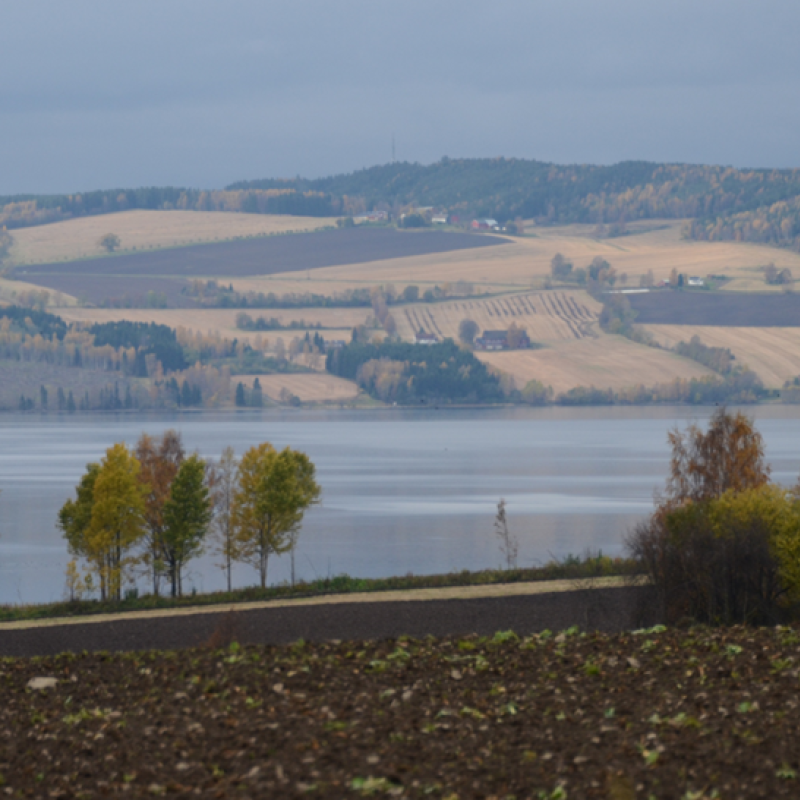Elena Albertsen
Research Scientist
(+47) 451 99 047
elena.albertsen@nibio.no
Place
Trondheim
Visiting address
Klæbuveien 153, bygg C 1.etasje, 7031 Trondheim
Authors
Ivar Herfindal Marie Vestergaard Henriksen Elena Albertsen Bert van der Veen Annette Bär Line JohansenAbstract
No abstract has been registered
To document
Authors
Svenja B. Kroeger Hans Martin Hanslin Tommy Lennartsson Marcello D'Amico Johannes Kollmann Christina Fischer Elena Albertsen James David Mervyn SpeedAbstract
No abstract has been registered
To document
Authors
Christophe Pelabon Elena Albertsen Arnaud Le Rouzic Cyril Firmat Geir Hysing Bolstad W. Scott Armbruster Thomas Fredrik HansenAbstract
No abstract has been registered

